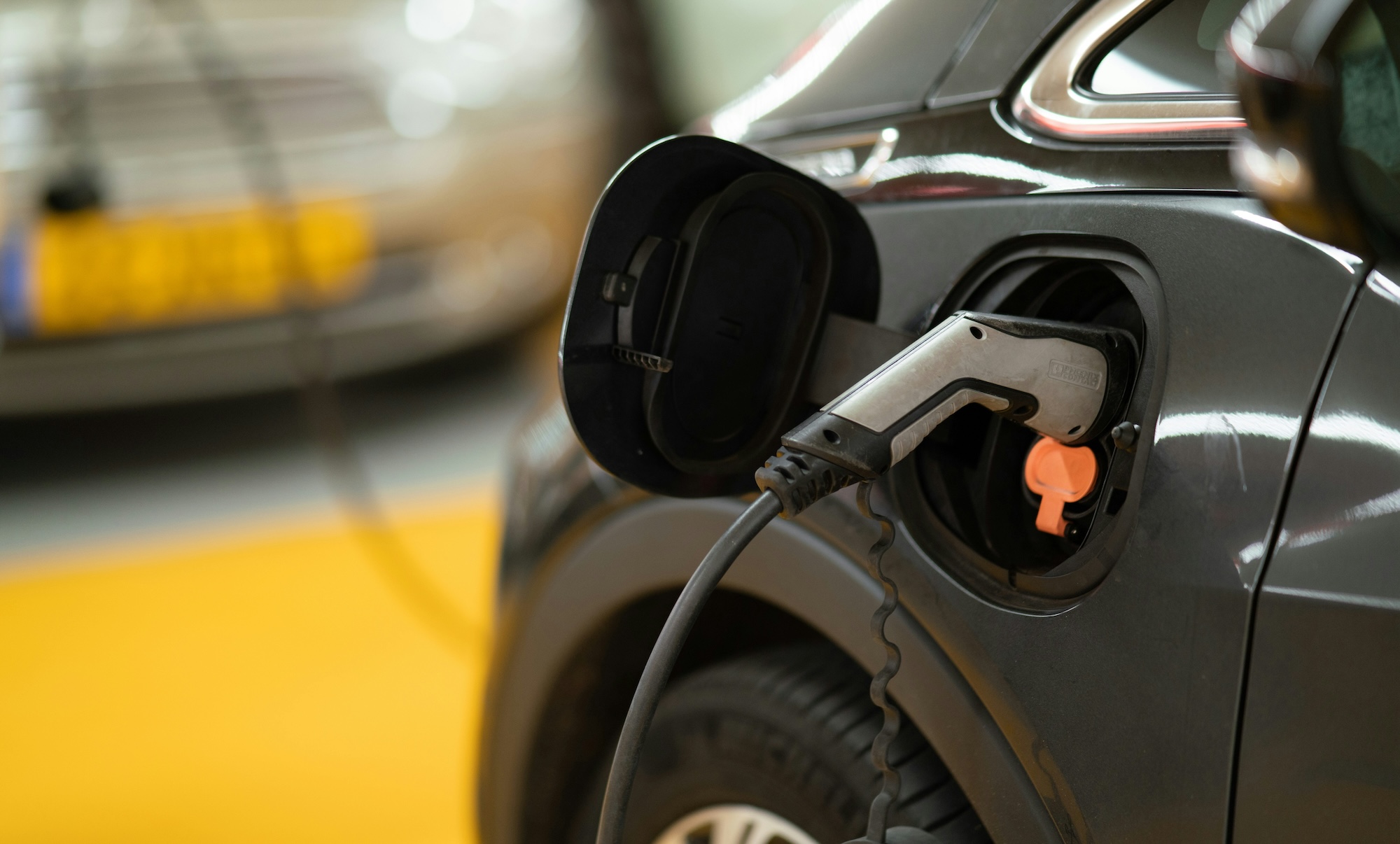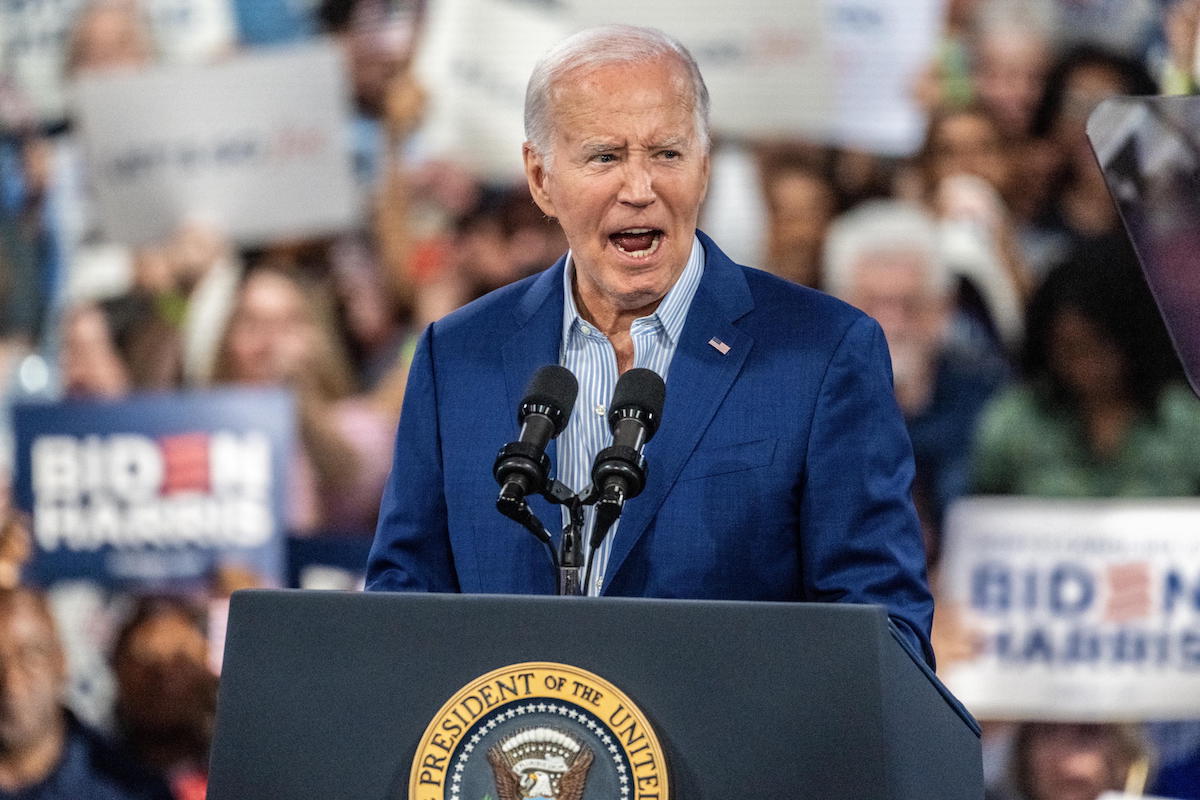At the table of car manufacturers and trade unions at Palazzo Piacentini in Rome, the Minister of Enterprise and Made in Italy Adolfo Urso presented today the new multi-year plan on ecobonuses. Among the measures presented, there is the remodulation of incentives for low-emission cars and for those who scrap old and polluting vehicles. A strategy that aims, according to the government representative, to “favor the less well-off classes.” This plan will be a relaunch for policies that have so far disappointed the government's analyses. “Although the market has received a positive boost thanks to the introduction of the ecobonus, the expected increase in production in Italy has not occurred,” announced the minister.
Multi-year plan figures
The automotive fund will have 750 million euros for 2025. The financing will reach one billion the following year and the share will remain at these figures until 2030. The incentives will however have to meet objectives that the ministry will illustrate and among which includes the support of “local components”. The professional associations Federmeccanica and Federmanager, as well as the metalworkers' unions (Fiom-Cgil, Fim-Cisl and Uilm) were present at the meeting chaired by Minister Urso. Also present at the table are the big names in the sector: for Stellantis Italia there is Giuseppe Manca, head of human resources, and Daniela Poggio, head of communication and institutional relations.
The disappointment of poor production
It was precisely to Stellantis that the minister devoted a one-off passage, not without new criticism: “Exactly a month ago, he announced the shutdown of the bodywork workshops in Mirafiori from July 15 to August 25, with the use of new layoffs (until August 4), as well as 5 days of cash between August and September were also announced in Pomigliano due to the lack of orders. The plan did not correspond to the increase that we expected, that we had agreed, of production in Italy.” And production is precisely the Achilles heel in the analysis of the executive, which is now trying to relaunch itself: “We had set ourselves 5 priority objectives: supporting the energy transition, renewing the fleet of cars in circulation that are too obsolete, supporting above all individuals, supporting the less well-off groups and increasing the production volumes of the Italian factories. The first four aspects are very satisfactory, not the fifth.” It is also worth mentioning what constitutes a real success for Urso: “The significant resources made available for electric cars – almost 230 million – were quickly exhausted and gave rise to over 25,000 reservations, a goal achieved, as far as possible with the resources put in place.”



